10 next-gen smartphone innovations you need to know about
From 'molecular phones' to presence detecting tech
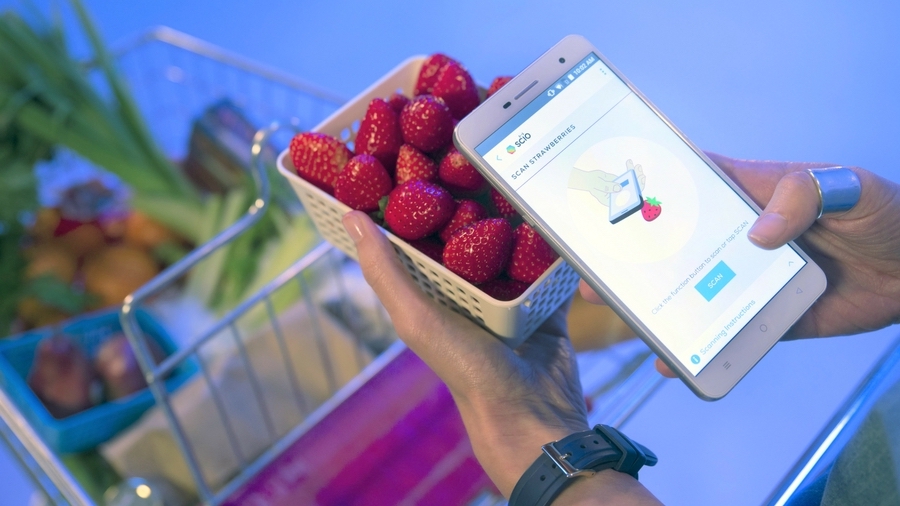
Mobile World Congress is a largely corporate show. The big telecoms companies jostle with each other to demonstrate their cutting-edge, often baffling new ways of squeezing out more bandwidth from existing mobile networks, and dazzle with thrilling new phones.
Great stuff – it's the way to 5G super devices, after all – but aside from some notable displays on 5G, 8K and VR from the big companies, it's to the edges of the the industry that you must go to see what's coming next to your smartphone and beyond. Read on for a glimpse into your mobile future.
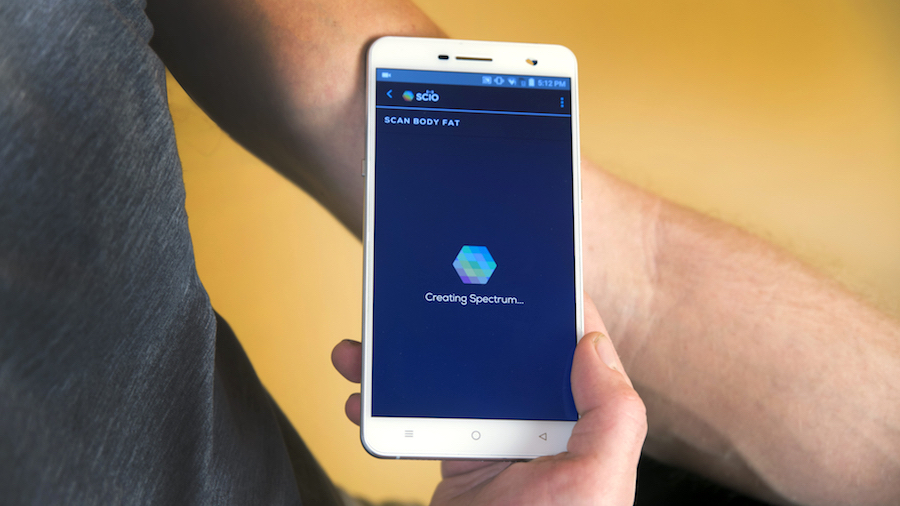
Spectroscopy selfies
How fresh is that strawberry? The H2, the world’s first smartphone with an integrated molecular sensor, called SCiO, uses infra-red to show you the chemical properties of everything from fruit and veg to meat and dairy. It shows you how much alcohol is in a drink, exactly what is in medication, and even tells you how much body fat you have.
Now that's a selfie many us don't want to see.
Manufactured by Chinese electronics brand Changhong, the H2 contains a miniaturised spectrometer that uses near-infrared light to tell exactly what’s in almost anything.
“This is the next leap forward not just for mobile phones, but for all sorts of connected devices,” said Dror Sharon, CEO of Consumer Physics, which created SciO sensor. “Smartphones are only the beginning.”
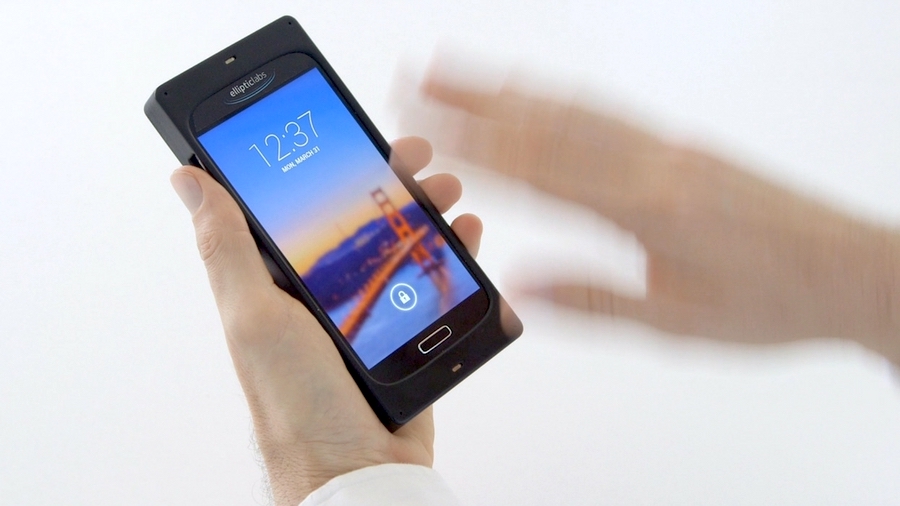
Personal assistants with presence
Ultrasound is suddenly being used everywhere. Ultrahaptics recently demoed its 'touchless' haptic tech, and at MWC 2017 Elliptic Labs unveiled an intriguing technology called 'Inner Peace' that enables personal assistants like Amazon's Echo and Google Home to detect presence, or an absence of movement.
It can therefore detect both intruders, and if the occupants aren't moving at all – i.e have fallen and lay injured – possibly automatically alerting medical personnel. But it can also switch-off smart home appliances when there's nobody around. Unlike cameras or infrared, there's no blindspots.
Similar tech from Elliptic Labs was used to replace the hardware proximity sensor with ultrasound software on 2016's Xiaomi Mi Mix phone, thus creating an almost bezel-less display.
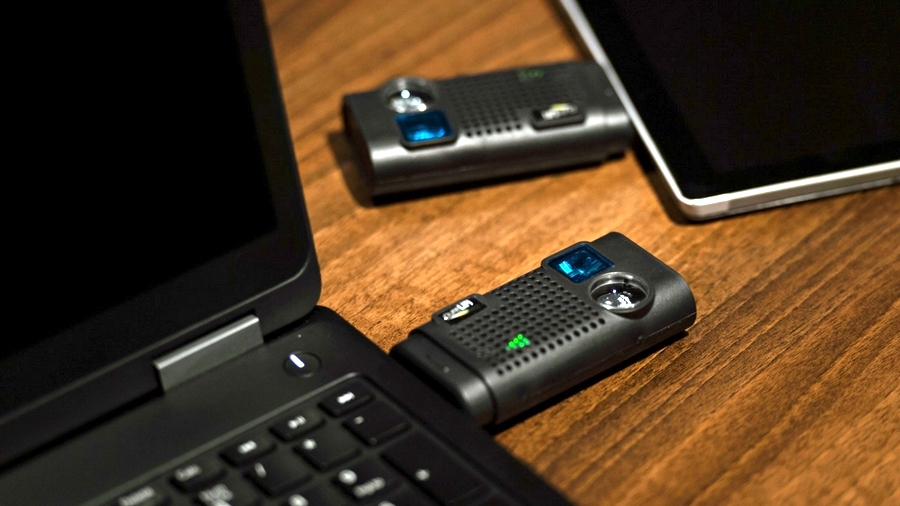
High-speed data by light waves
We’ve reported on light fidelity, also known as LiFi before, but at MWC 2017 actual product surfaced from the technology’s chief proponent, Edinburgh-based company pureLiFi.
The most exciting was LiFi-X, a dongle for laptops and tablets that can transmit and receive high-speed data between devices using infrared light waves.
“The global mobile industry realises the potential of LiFi to complement existing wireless networks, and the world’s insatiable demand for higher internet connection speeds that will be integral to our wirelessly connected future,” said new CEO Alistair Banham, adding that pureLiFi would “unleash unprecedented data and bandwidth using LED light.”
The company announced Cisco and BT as partners.
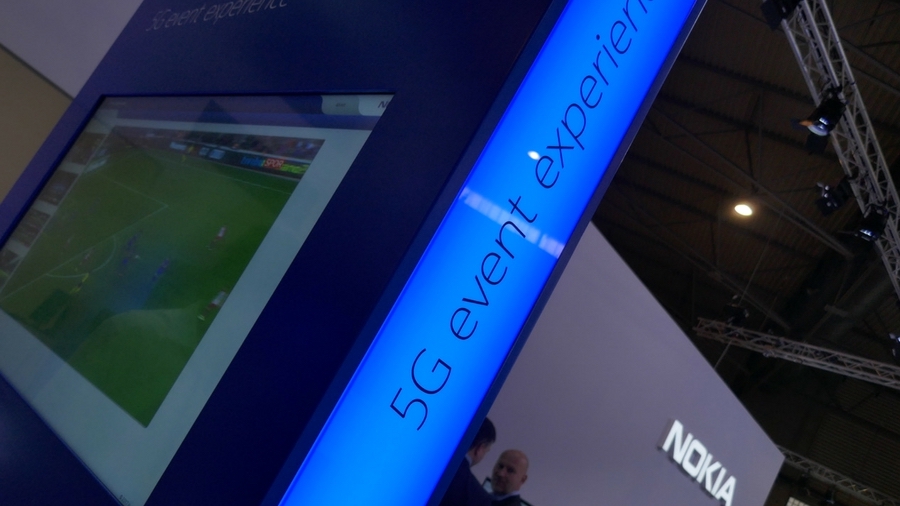
Live 360 TV broadcasts
Why go to the game when you can watch it from home in VR? From any seat in the stadium?
OK, any seat where a 360 camera just happens to reside...
That was the thinking behind a demo by BT and Nokia, which at MWC 2017 showcased a system that gave wearers of a VR headset a unique view of a recorded match between Tottenham Hotspur and CSK Moscow late in 2016.
Pretty simple stuff, but what if it was live streamed over 5G, in real-time, in higher resolutions, and you got to swap seats – perhaps to move from behind the goal to the half-way line to get a better view of an attack at the other end – whenever you wanted? Now we're talking...
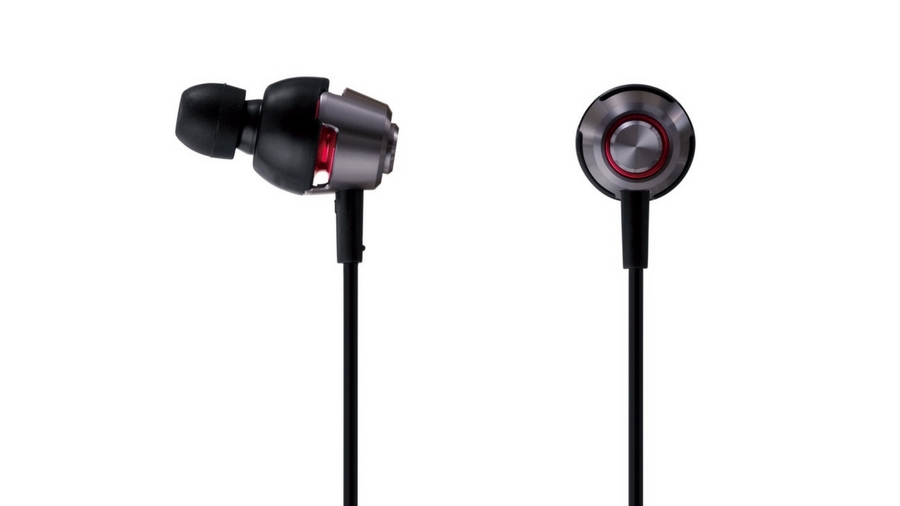
Alexa on Bluetooth
Amazon's Alexa personal assistant is appearing everywhere, spreading onto all kinds of Wi-Fi-enabled devices, but until now it hasn't been available on Bluetooth.
So Qualcomm's announcement that its Bluetooth Audio system-on-chips can now support the Alexa trigger word is big news. It means that Alexa can now be integrated into headphones, speakers, hearables and wearables that use Qualcomm's CSR8670 and CSR8675 chips.
The software, which has been developed by Sensory and Rubidium via Qualcomm's eXtension program, essentially takes a spoken request to Alexa from someone wearing headphones and routes it to the Alexa app on a phone – even when there's music playing – and routes the answer back through the headphones.
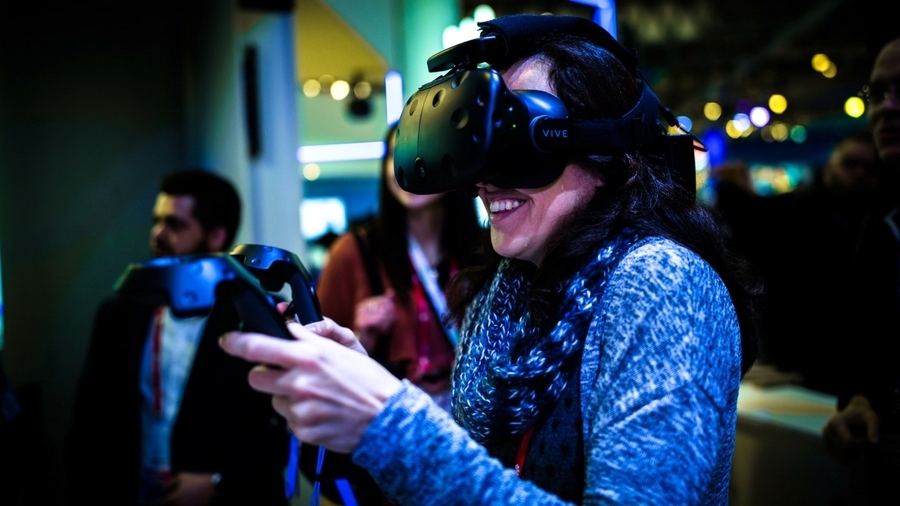
Real-time VR in 8K over 5G
Future mobile networks are being planned to cope with the massive growth in video, but 5G? That's got a special place reserved for 8K Live VR, which was being seriously and successfully demonstrated by Intel.
Think 8K is too much resolution to notice? Strap-on a Samsung Gear VR – or any VR headset, for that matter – and its soft resolution means you won't ever think that again. Intel was showing how images filmed by Nokia's OZO 360-degree camera could be stitched together and streamed over 5G using high bandwidth and immense computing power but (crucially) in real-time. It's the future.
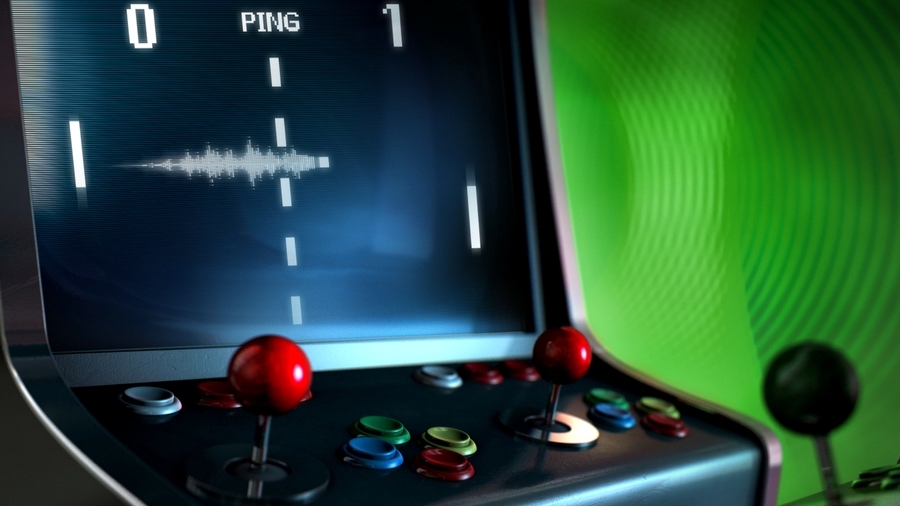
Software-defined radio
Bringing the radio transceiver into the digital age, the world’s first all-digital radio transmitter was recently revealed by Cambridge Consultants.
By using new algorithms to convert between digital analogue, it makes possible radios built purely from computing power, essentially making networks built around high-frequency radio waves smaller and cheaper to build. That could have a lot of uses in the coming eras of 5G and the Internet of Things. The company used MWC 2017 to bolster its Pizzicato technology with a digital receiver to create a complete software-defined radio system.
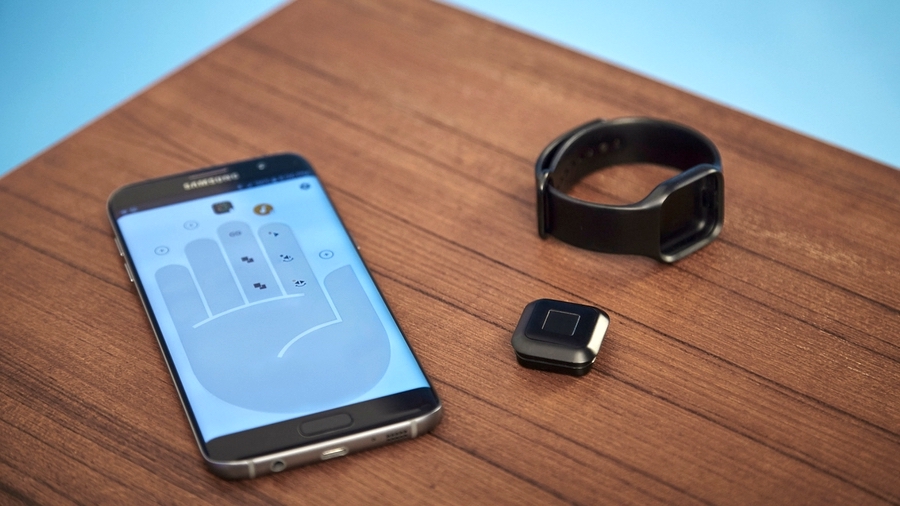
Smart buttons for fingers
Voice assistants like Alexa may be challenging our obsession with touchscreens, but one company thinks it’s put its finger on just how to revive touch by creating a ‘smart button’ that can be interacted with differently depending on which finger you use.
Linked using Bluetooth and equipped with vibration feedback, Tapdo is a smart button that lets you to control anything with personalised biometric interactions, acting as a shortcut and effectively replacing smart home apps on a phone. Clipping on to almost anything, the smart button contains a fingerprint sensor, while an app allows you to assign specific functions to different parts of your fingers. Post-MWC, Tapdo will be available on Kickstarter starting at US$99/UK£79/AUS$129, and shipping in September 2017.
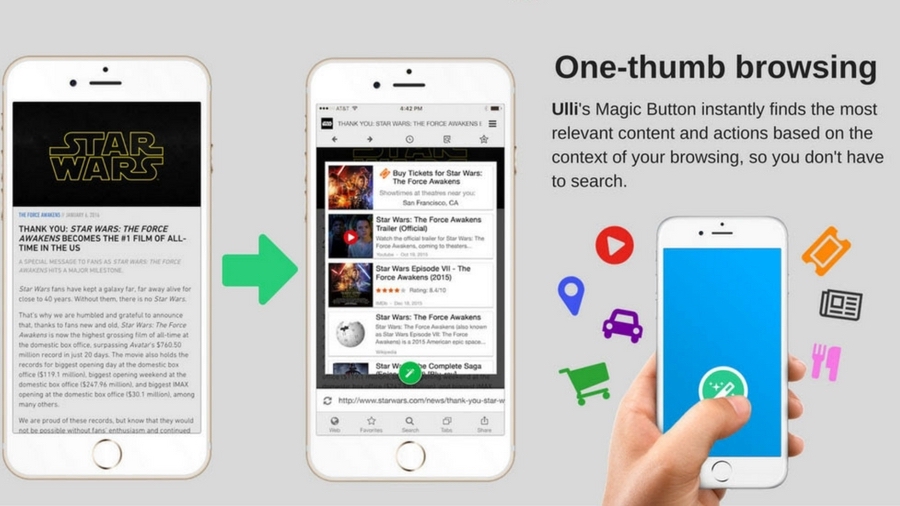
Biggerpan’s AI browser
From typos and awkward tabs to bad keyboards to copy-paste problems, smartphone web browsers are on borrowed time. French tech company Biggerpan used MWC to showcase Ulli, claiming that it’s the first smart web browser for phones.
Now available on iOS, Ulli is all about making web surfing on a phone a one-handed experience, keeping search results one tap away while also introducing an AI-powered ‘magic button’ that predicts what you’re searching for based on the context of the current page.
“The Internet and the smartphone are two revolutionary technologies that have radically changed our lives, yet they don’t work well together because the experience of the web is not suited for mobility,” says Biggerpan founder and CEO Eric Poindessault.
“Ulli is the first web browser that solves that problem.” If nothing else, Ulli should give Apple and Google’s browser boffins a wake-up call.
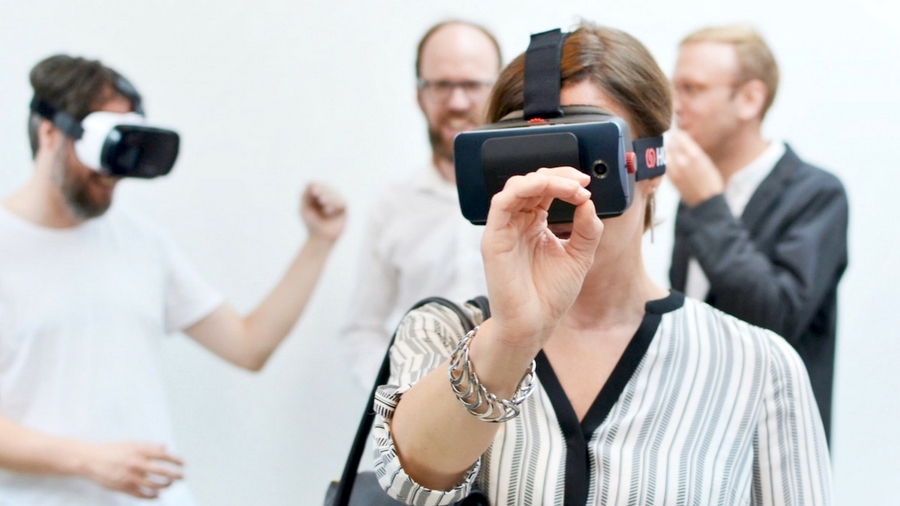
Gestures for AR & VR
If the innovations at MWC 2017 are anything to go by, how we interact with mobile devices is undergoing something of a makeover.
Swedish software company Crunchfish reckons that gesture control is the most natural way to interact within AR and VR gear, demoing in Barcelona some AR smart glasses controlled by hand movements.
It also showed-off a 360-degree web browser in VR headsets that were navigated using only gestures. In February, Crunchfish successfully registered a patent for an active player of an AR game like Pokémon Go to discover and communicate with passive players nearby. Cue invites, sharing, and a generally more social dimension to AR games.

Jamie is a freelance tech, travel and space journalist based in the UK. He’s been writing regularly for Techradar since it was launched in 2008 and also writes regularly for Forbes, The Telegraph, the South China Morning Post, Sky & Telescope and the Sky At Night magazine as well as other Future titles T3, Digital Camera World, All About Space and Space.com. He also edits two of his own websites, TravGear.com and WhenIsTheNextEclipse.com that reflect his obsession with travel gear and solar eclipse travel. He is the author of A Stargazing Program For Beginners (Springer, 2015),